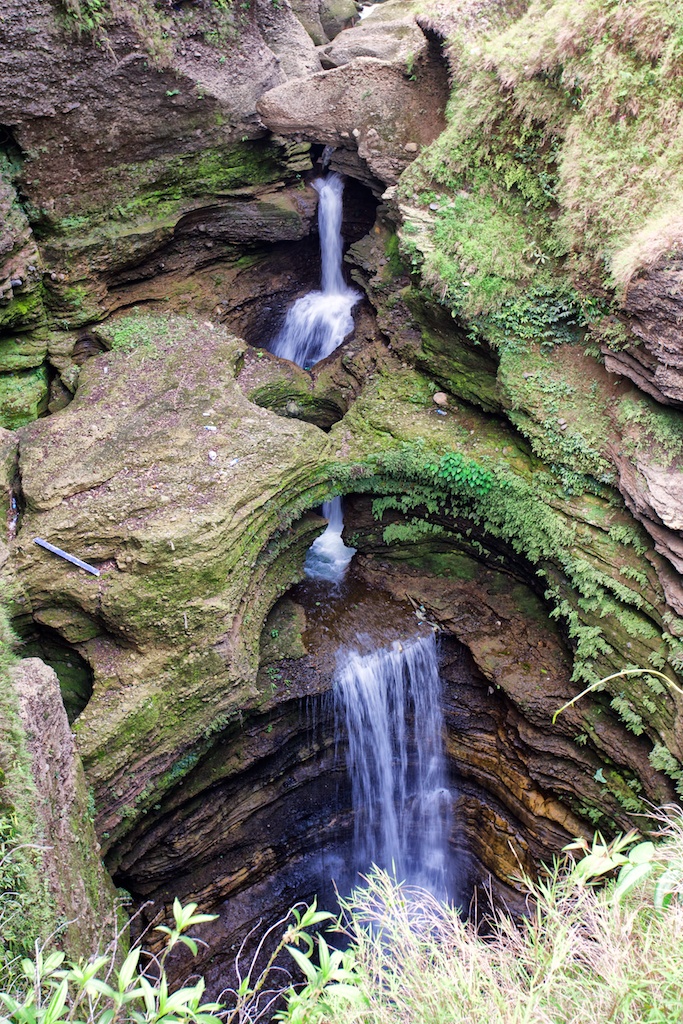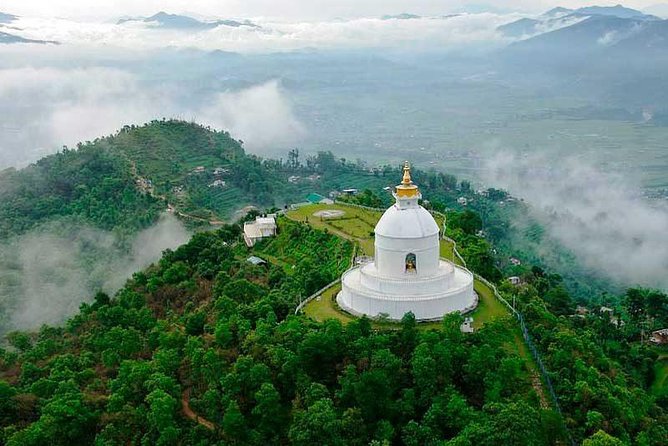Pokhara is undoubtedly one of the most famous places of Nepal. It is also home to a variety of cultures, traditions, languages, and religions that coexist peacefully here. Pokhara is renowned as the pinnacle of outdoor activities destinations, making it a true haven for adventurers. However, this does not imply that this place does not accommodate visitors with interests outside of adventure sports. Nature enthusiasts, history buffs, and pilgrims also adore this place.
Pokhara is endowed with mesmerizing natural beauty. This place, which is 827 metres above sea level, provides some genuinely breathtaking views of the mountain ranges. Pokhara is renowned for being the starting point for some of Nepal's most famous treks, and it has the stunning background of the Annapurna Mountain Range to show for it. No matter how long your journey is, it will always be lacking if you don't stop by the captivating Pokhara Valley. Here are some of the places you can’t miss while you make a trip to Pokhara.

Sarangkot
Sarangkot is a well-known tourist destination in Nepal and is Pokhara's gem. You can see the entire Pokhara region as well as the Himalayan panoramas from this vantage point. Sarangkot is a prominent place, offering a wide range of experiences. Sarangkot is a small village with its own unique natural charm. Since most visitors only stay for the daybreak over the Annapurna range. Sarangkot, a town next to Pokhara, is famous as a one-night getaway.
The settlement of Sarangkot is renowned for its expansive mountain and Himalayan vistas of Dhaulagiri, Annapurna, and Manaslu, as well as views of Pokhara and Phewa Lake. In recent years, Sarangkot has become a paragliding destination. Only 11 kilometres separate Sarangkot from Pokhara's lakeside.

Phewa Lake
A very famous lake called Phewa Lake, which is located in the Pokhara Valley, is popular among both local and foreign tourists. Due to its proximity to the settlement of Phewa, this lake is known as Phewa Lake. Due to its proximity to the village, it is also known as Baidam Lake. From the lake, you can see Machhapuchhre and Annapurna Himal in all their glory. The view of the sunrise and sunset is equally beautiful and uplifts your spirit.
It is the largest lake in Pokhara and the second largest lake in all of Nepal. Phewa Lake is at a height of 742 meters (2,434 feet) above sea level. The distance of the Annapurna range from this lake is 28 kilometres. The lake is particularly well-known for its reflection of the mountains Machhapuchhre, Annapurna, Dhaulagiri, and others, which are vividly seen in the lake's water.

Bat Cave
Another popular tourist destination in Pokhara is the Bat's Cave, also known as the Chamero Gufa. The proprietor, a farmer, is thought to have found this cave in the Nepali year of 2040. As the name implies, this is mostly a limestone cave that is crawling with bats. It is proximally close to Mahendra Cave. Its native name is Chamero Gufa. The cave lacks lighting powered by electricity. So, the explorers must move slowly because it is dark and the path is paved with sharp stones. Every approach must be taken carefully because water frequently leaks through the ceiling, leaving everything slick and damp.
The length of the cave is around 135 meters. The cave, which is deeply carved into the rock, is traversed by a minor stream. The cave's entrance has been exposed, and cement steps go down to the actual mouth of the cave. There is an underground entry to this cave as well. The light of flashlights makes the cave's size visible despite the fact that the interior is completely dark. The ceilings are covered in thousands of bats from mid-September to mid-May. The two types of bats that are most frequently spotted in this cave are Round Leaf and Horseshoe.

Devi’s Fall
Devi’s Fall is a magnificent waterfall that creates a 500-foot-long underground tunnel when it reaches its base. The fall is referred to as Patale Chango, which is Nepalese for "subterranean waterfall." The Phewa Lake Dam supplies water to the waterfall, which is surrounded by lush flora. Everyone visiting Nepal should view Devi's waterfall, a landmark of Pokhara. Enjoy the beauty of nature as you watch this enormous fall fight with the rocks to free itself.
A Swiss couple named Davi visited this mysterious location on July 31, 1961. They were unaware that their adventure would take a disastrous turn. The woman was pushed into a sinkhole by the overflow, where she drowned while taking a bath. Her body was discovered three days later. At her father's recommendation, the fall was given the name Davi's Fall. Some people even assert that her husband also perished in the water along with the woman. Locals refer to the fall as Devi's Falls, and this is the name by which it is most well known.

World Peace Pagoda
The Shanti Stupa (1115m), also referred to as the World Peace Pagoda, is a famous tourist attraction in the lovely city of Pokhara. It was erected in 1947 as a symbol of world peace by Nichidatsu Fujii and locals. He was fascinated by Gandhi's nonviolent approaches to achieve lofty aims after meeting him in 1931. Fijii has dedicated the remainder of his life to promoting nonviolence. To unite people of various races and religious faiths in the pursuit of peace, Peace Pagodas were constructed. This pagoda was opened to the public in 1999, following the completion of construction.
Since its construction, Pokhara's serene and iconic Shanti Stupa has grown in popularity as a tourist destination. It might be the best spot to witness sunrise and sunset, as well as views of Pokhara's city, lakes, and the picturesque Pokhara Valley. On a clear day, one may enjoy the magnificent views of the Himalayan regions surrounding Annapurna and Manaslu. You can drive, bike, or hike to the World Peace Pagoda.
Photo Credits: www.viator.com, www.trip.com, www.texashighways.com, www.throughmylens.com, www.visitsnepal.com, www.bookmundi.com
Also Read: